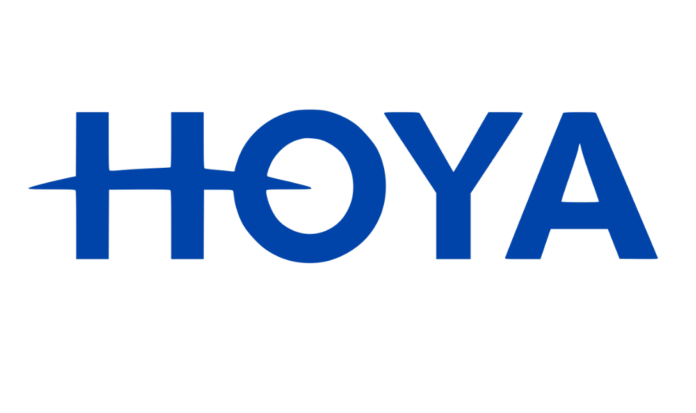KUALA LUMPUR, 20 April 2021 – Digital devices have conquered the world at an extremely fast pace in recent years, posing many new challenges to the human eye. Today, with the current pandemic and Movement Control Order in strong affect, it has caused more people to work from, intensifying the usage of digital screens at close range for several hours a day. This has resulted in the simple act of switching back and forth between near and far vision increasing considerably.
According to Hoya Vision, findings show that Malaysians spend on average 8 to 10 hours a day looking at digital screens. Switching from looking at laptop screens to mobile phones, and from tablets back to laptops and in-car navigation can become very demanding on a person’s eyes.
Added to that, our eyes are constantly deteriorating with age, taking into account new challenges and common age-related eye problems that may be prevalent, such as presbyopia. Presbyopia, a vision defect that is typically present in individuals aged 40 and over, makes it difficult for the eye to focus on close objects. It might therefore be common for people affected by it to develop problems maintaining usual levels of activity and productivity at work and in everyday activities. When tasks such as reading small print become difficult and remain untreated, people are at risk of headaches, eyestrain and in some, vertigo.
Malaysians in general tend to delay treatment of their vision hoping that the condition will get better. The fact is that delaying correcting vision impairments will not only cause it to deteriorate over time but lead to more serious issues.
With today’s technological advancements, progressive lenses seem to address presbyopia. Unfortunately, many of the progressive lenses in the market are not tailored to the individual wearer, causing problems such as distortion to their peripheral vision. Some of the other drawbacks when wearing progressive lenses not suited to the wearer include a steeper learning curve, in which the wearer will have to train themselves to look through the correct portion of the lens whilst completing their day-to-day tasks. In fact, the wearer may feel off-balance and nauseated from looking through the wrong section of the lens.
As a leader in the industry, Hoya has spent years conducting extensive research into perfecting its progressive lenses. It’s latest development, the Hoyalux ID Myself, provides a 100% individualised solution to ensure excellent performance for all activities, giving wearers an entirely new perspective and vision. The lens focuses on stable image processing, especially whilst moving around, with minimal distortion and seamless transition between near, intermediate and far.
For the first time, this new high-definition progressive lens not only matches the wearer’s personal vision needs, but it is also tailored to their individual parameters. It gives the wearer more vision, more distance, more close-up vision, more to the left and more to the right, and more optical performance around the clock.
Hoyalux ID Myself proprietary 3D Binocular Vision also allows the lens wearers to benefit from significantly reduced distortion and swaying effect along all dimensions. Its Binocular Harmonisation Technology improves depth perception and enhances clarity of vision even in case of prescription differences between right and left eye. The Binocular Eye Model analyses how the eyes will work together while looking through the lens in all-gaze directions, considering the possible differences between the levels and visual axis of the eyes.
Hoya’s AdaptEase Technology also improves the near and intermediate visual width and gaze transition without influencing the far vision, and as a result of optimised visual fields, Hoyalux ID Myself offer the ultimate experience when using digital devices.
Through the development of the Hoyalux ID Myself, Hoya has initiated a paradigm shift in individual progressive lenses that perfectly matches the individual eye. It is capable of fully delivering on one’s vision potential by orchestrating a construction process that has resulted in one of the most precise lenses for anyone.
